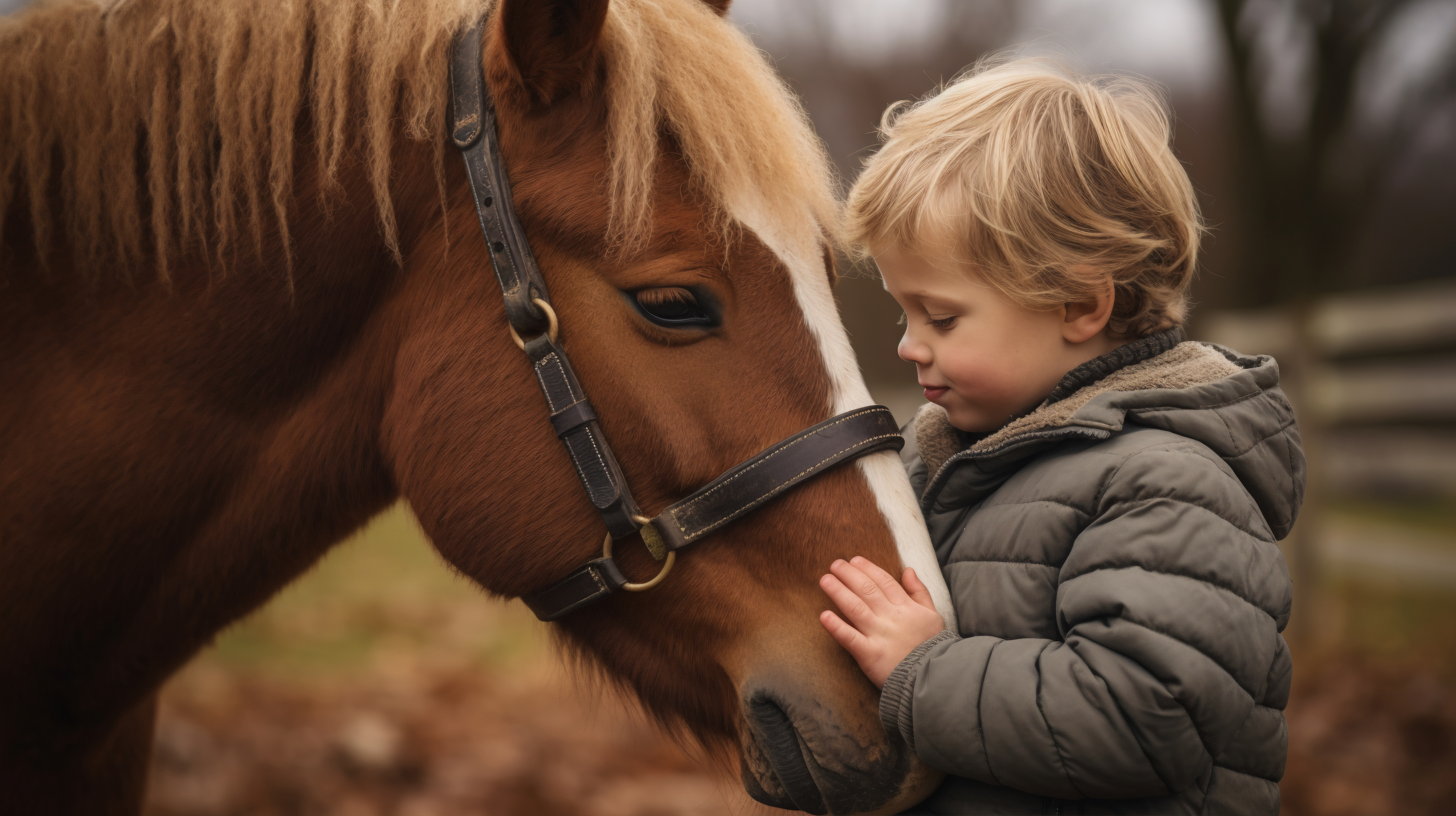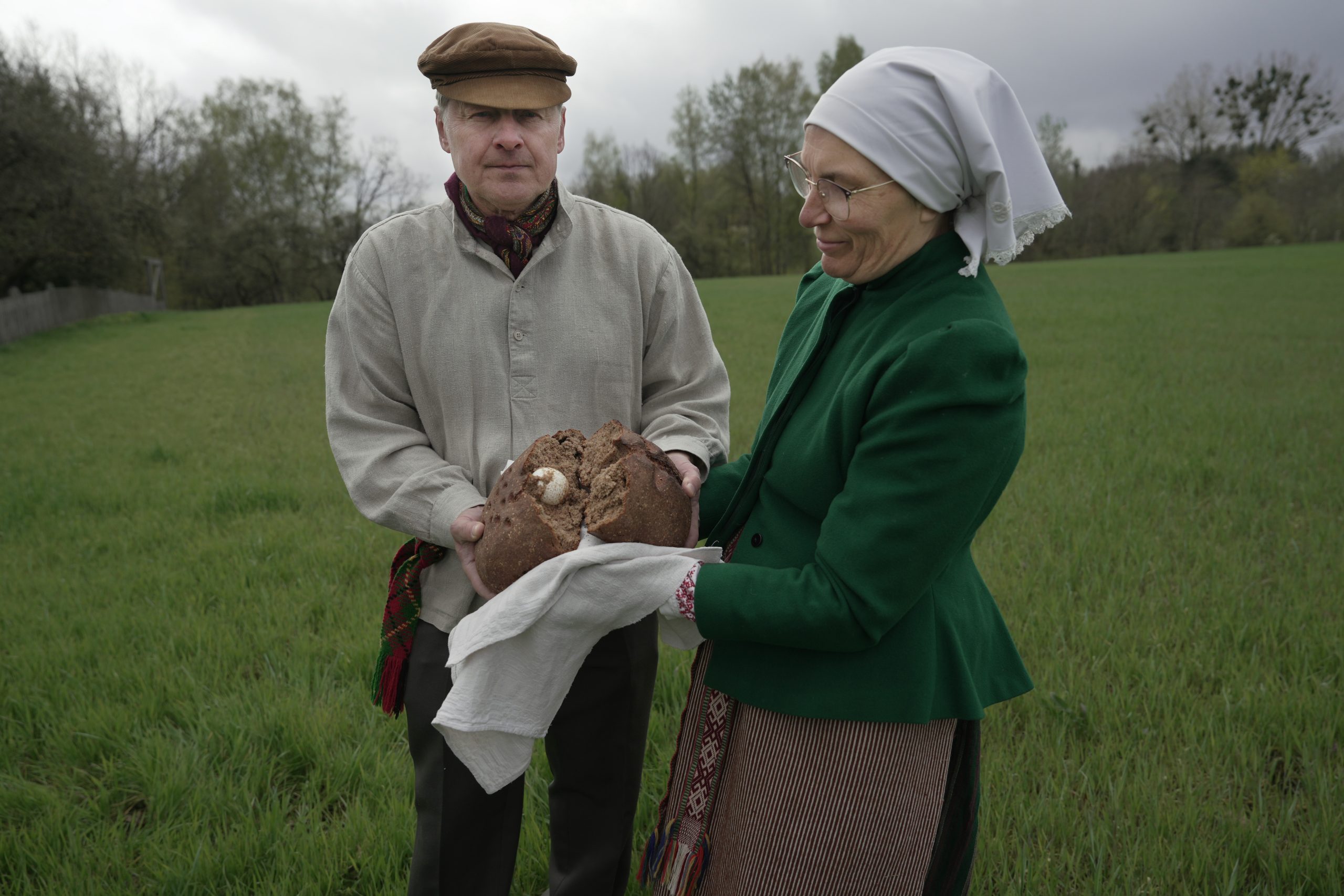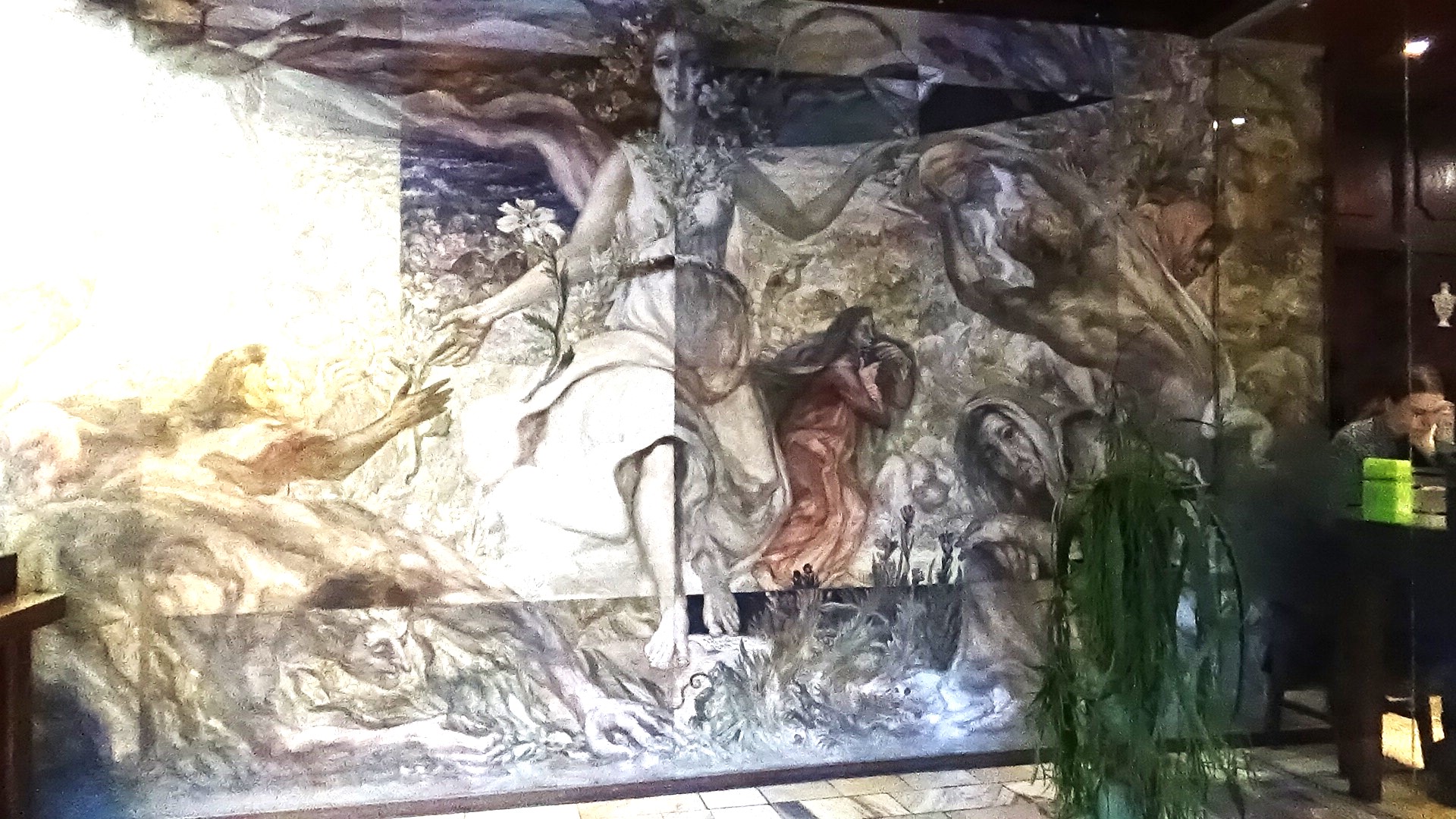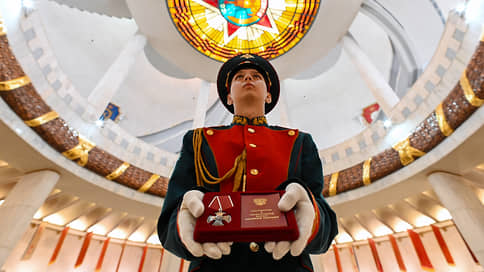Jurgi, unlock the ground, run the dewy grass!

Farmers’ New Year
According to the ethnologist prof. Libert Klimka, the customs and beliefs of the George are of an old origin, perhaps still remembering the rites of the powerful goddesses of the Baltic religion – animal and plant patrons – Ganklis, Jori, pergubrio.
Jore, the day of the Spring, Ganklis, is a celebration of spring greenery, youth, farmers and horsemen. In the past, it was still called farmers in the New Year.
« St. Jurgis opens the barns, and Martynas closes them. It was a very important cycle in human life.
According to him, Simon Daukantas wrote that he was such a goddess grazing that announced the beginning of the animal grazing. When was that day celebrated? « Just when the grass was growing a little, then the Ganer’s celebration celebrates. Now April 23, the Jurgaic is a ganman, » says the regional researcher, adding: » the beginning of spring ”.
A big change for those working for the land or for animals – the mercenaries of the mansions and the wealthier peasants changed their hosts.
Stabbed the dragon of evil
The cult of St. George in Lithuania spread through wars with the Crusaders and was quite rapidly established in our agricultural society. Here he eventually became the patron of the farmers from the knights of the knights.
Sightseeing trips to the villages, where you can see a different life than in the city, horses, sheep, cows to look, pat and even feed the animals.
« St. Jurgis was popularized by the legend of Bishop Motiejus Valancius that the prayer helped the farmer recover his ox, who was ill and seemed to be no longer rescued. Many sculptures of folk art wood with Saint George, ”says ethnologist L. Klimka.
St. Jurgis is depicted in Lithuanian art as a warrior with a spear on a horse, after which the hooves of the evil are the dragon. They are the bearer, defender of Christianity, and the guardian of animals. The name Jurgis, who comes from the Jewish language, means « farmer ».
It is true that L. Klimka notes that in Lithuanian iconography St. Jurgis looks at the cooled dragon, but further: « It is easy to stabbing that dragon, without much effort, and the gaze seems to be moving into the fields – whether the animals graze or the rye green. »
Libert Klimka / Photo by Personal Archive
Protects against wolf’s teeth?
« Through the Jurgins, the animals had to be driven out of the animals, and no matter what the weather, even if the cooler – Jurgis came on the Palša horse – still to do so.
According to L. Klimka, the Ganiava began with the rite: on the threshold of the barn, the owner helped a couple of Jurgutis – onion shells painted eggs – to bring the animals to the animals, as well as the saw with teeth, sometimes cut the ax.
« The saw so that the wolf teeth are not terrible. If the animal’s legs do not fall behind the saw, they will be healthy: whether the sheep or the calf, their wolf will not get.
According to him, an ax – protection against thieves – to prevent malicious horses from leaning on the threshold.
« When the animals were out, the hostess circled each cow with a muzzle, a udder – carrying the juniper in the tile to make the cows healthy. It was heated with holy water, especially horses, » says L. Klimka.
According to the ethnologist, the horses were paying a lot of attention during the Jurgiai, because the host both bathed and combed them and the hooves were arranged. No work was done that day with the horse, unless they were just going to the church and back.
« That day, no earthworks are worked. Says, even the stumps to the ground cannot be guilty, » the ethnographer recalls.
The shepherd also participated in the lacery of the beginning of the past. « He goes with the host and the animal is scattered with a scourge to be obedient. Collects as many pebbles as the sheep, and put in a bunch of barn, and the scourge is inserted by the balcony. L. Klimka.
For the shepherd that day you can’t carve anything with the knife, says you will put your teeth so. According to the interlocutor, such faiths show that in the past there was a contract with wild beasts: « Man tried to agree on the beautiful. »
Let’s listen to the rye growing
Ethnologist L. Klimka tells that the hostesses of the Jurginas baked bread with eggs and a slice of bread were buried in the rye field.
« They visited the rye and said, ‘Listen to the Rugeliai growing.’ The eggs were painted for the daisies with onion shells because they reminded the animals and called them to Jurgis. And the egg was baked, ”the interviewer said.
Through the Jurgiai, people went to church with horse -bred carts, as almost every church in the village had St. George’s altar. « St. Jurgis was assigned the custody of livestock. It was said that wolves are St. George’s deaf, and he has to control them.
He was brought to the church for the casting of wax candles. The melted wax was cut to remind a horse or sheep. « They also carried foods – eggs, butter, cheese – to donate to the church, because there was a spit in the church, where the poor were to hang, » the ethnologist recalls the important moment of the celebration.
Experience: Surgins can be a great opportunity to spend time with a closer acquaintance with the village. / Photo by Freepik.com
An opportunity to get to know rural life
When asked if the 21st century At least a little more relevant to a person. Jurgis’ feast, L. Klimka doubts whether we are in the wrong thing to celebrate when more than half of Lithuanians now live in cities.
« Children now do not know the village if they do not have relatives in the village. They think that the kefir on the trees is growing, » the interviewer smiles.
We are no longer as related to agriculture as our grandparents or great -grandparents, but Jurgė can be a great opportunity to spend time with a closer acquaintance with the village.
« Sightseeing trips to the villages, where you can see a different life than in the city, horses, sheep, cows to look, pat and even feed the animals, » says the ethnologist.
According to L. Klimka, it is especially useful for children to see where the milk comes from, how grains are sown or how winter crops are growing – where the bread path begins. « It is an opportunity to see and understand where people used to get food from the past, when there were no big supermarkets yet, » he said.
« Why not lack the food basket as our ancestors have been doing in the past? After all, the celebration must be for everyone. Let’s paint Jurgutis, bake eggs and at least touch that old -fashioned Jurgical holiday, » Prof. L. Klimka.
Old Lithuanian gods
The grazing. The god of Lithuanian pastures and shepherds, mentioned by Motiejus Strijkovsky about 1582. as Goniglis Dziewos. For him, people who sacrificed the testicles of horses, goats, oxes and other animals – burned them on the rocks and talked: « How this stone is cool, silent and not moved, yes, and God Ganikli, wolves and all predators, let us not move to our animals, you would not be able to hurt. » The name of this God comes from the words « grazing », « pasture ».
Pergubri, pergup. Ethnologist Pranė Dundulienė mentions the goddess Negubrė, who was considered a spring and flower provider. The name of the goddess is associated with the Lithuanian words « Gubrys » and « Gubried soil » – so called the soil, which was disrupted and leveled before sowing, which was usually done by women. Later, after the establishment of arable agriculture and patriarchate, this deity acquired a masculine form and was called pergubri. In the 16th century written by historian, writer and poet M. Strijkovsky. In prayers, the sacrifice, who has raised a beer pitcher, says, « O Lord, Goddess, you are overwhelmed in winter, and you will bring grasses, flowers and herbs throughout the earth. We are now asking you that It is believed that the pergun is the same deity, only the name and gender of the other as the era and worldview change.
Jore. The Neopagonus Spring, Greens Festival, celebrated in late April and is considered a symbolic day of the Earth’s fertilization, as the first time is usually a thunderstorm, associated with the fertilizing power of God thunderstorms, which breaks the winter and stagnation armor. It is doubtful that Jore or Joris may have been a Baltic deity. The word « jore » is Slavic, meaning spring greenery, exploded foliage, vitality. Jore is celebrated as a separate celebration of the George. The biggest celebration of Jore is held every year in Kulionys, Molėtai district. During the celebration, the holy fire, going to the Kulioniai mound, the gods and a meal are held. The participants of the festival wish each other « live green » – the revival, enlightenment and awakening of the Spirit, symbolized by a twig of the plant.
Old Jurga’s beliefs and prohibitions
• You must not see the crows in winter crows – which means that the bread grows well.
• Women did not sail through the Jurgins – as they mention the pauses, the mouths reminiscent of the wolf.
• There was no tackle of a tint of the wolf’s teeth anywhere.
• For the shepherd, the garbage knife will hit the garbage – they said, the wolf will brighten.
• The strictest bans on the earth are related to the land – by no means can « move » it: close, harrow, sow, dig, even to the ground.
• If the Holy George on the screech horse – the Spring Morning Morning – will be late, if the grass is deaf, spring is waiting for good, pleasant, early.
According to Libert Klimka
Jurga’s bread with a baked egg
300 g of coarse rye flour,
200 g of rye flour,
500 g of non -penetrated wheat flour,
100 g of bald oats,
100 g of wheat bran or germ,
100 g of flaxseed,
2 handfuls of cumin,
2 teaspoons of salt,
150 g of sugar,
500 g of leaven.
Add all ingredients to add 1 liter of almost hot water. Stir, add yeast and knead for 15 minutes. Store 6 hours Warm until it rises. Remove 500 g for leaven. Place the leaven in the refrigerator, stored until the next baking. Place the dough in a tin greased with oil and bake for 1 hour. The dough should be placed in this dough with a hard -boiled peeled egg.
Agluonėnai Ethnographic Homestead Inf.










